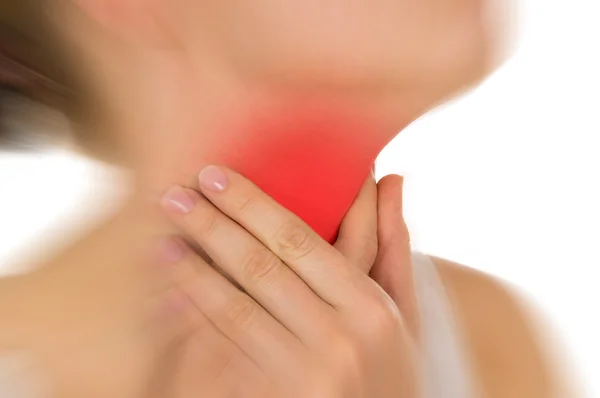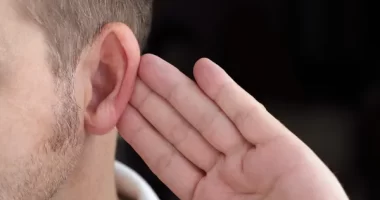A look at ” Insecticide Overdose Symptoms” – Insecticides are a type of pesticide used to control or eliminate insects. They are commonly used in agriculture, commercial settings, and households to keep pests at bay. Insecticides come in various forms such as sprays, baits, and powders.
Types of insecticides
There are several types of insecticides available on the market, each with its unique properties and intended use. Some of the most common types include:
- Organophosphates
- Pyrethroids
- Carbamates
- Neonicotinoids
- Biological insecticides
How do insecticides work?
Insecticides work by targeting the nervous system of insects. They can disrupt neurotransmitters, resulting in paralysis or death. The specific mechanism of action varies depending on the type of insecticide.
Risks of insecticide use
Insecticides can be dangerous if used improperly or if an overdose occurs. They can cause a range of health problems, including headaches, nausea, and respiratory problems. In severe cases, insecticide poisoning can lead to coma or death.
Symptoms of insecticide overdose

Symptoms in humans
The symptoms of insecticide poisoning in humans can vary depending on the type of insecticide and the level of exposure. Common symptoms include:
- Headache
- Dizziness
- Nausea and vomiting
- Abdominal pain
- Diarrhea
- Muscle weakness or tremors
- Difficulty breathing
- Seizures
- Coma
Symptoms in pets
Insecticide poisoning can also occur in pets, and the symptoms can be similar to those in humans. Symptoms in pets may include:
- Drooling
- Vomiting
- Diarrhea
- Weakness or lethargy
- Muscle tremors
- Difficulty breathing
- Seizures
First aid for insecticide poisoning
If you suspect insecticide poisoning, it is crucial to seek medical attention immediately. In the meantime, you can take the following steps:
- Remove any contaminated clothing and wash skin with soap and water.
- Flush eyes with clean water for at least 15 minutes.
- If the person is unconscious, turn them onto their side to prevent choking.
- If the person is having trouble breathing, provide artificial respiration if you are trained to do so.
Treatment for insecticide overdose
Treatment for insecticide poisoning will depend on the type of insecticide and the severity of the symptoms. Treatment may include:
- Activated charcoal to absorb the insecticide
- Medications to counteract the effects of the insecticide
- Oxygen therapy to help with breathing
- Intravenous fluids to prevent dehydration
- Hospitalization for severe cases [ 1 ]
Preventing insecticide poisoning
Insecticide poisoning can be prevented by following a few simple steps:
- Read and follow the label instructions carefully. The label will give you important information on how to use the insecticide safely and effectively.
- Use insecticides only as directed. Do not use more than the recommended amount, and do not use them more frequently than recommended.
- Wear appropriate protective clothing when applying insecticides. This may include gloves, a face mask, and protective eyewear.
- Keep insecticides out of reach of children and pets. Store them in a locked cabinet or other secure location.
- Dispose of insecticides properly. Follow the instructions on the label for disposal or contact your local hazardous waste disposal facility for guidance.
- Consider using natural or non-toxic methods of pest control, such as traps or repellents, instead of insecticides.
- If you or someone else experiences symptoms of insecticide poisoning, such as dizziness, nausea, or difficulty breathing, seek medical attention immediately.
By taking these precautions, you can minimize the risk of insecticide poisoning and keep yourself, your family, and your pets safe.
Safe use of insecticides
Using insecticides safely involves following these guidelines:
- Read the label carefully before using the insecticide. The label will give you important information on how to use the product safely and effectively.
- Wear protective clothing when applying insecticides. This may include gloves, a face mask, and protective eyewear.
- Keep children and pets away from the area being treated. Restrict access to the area until the insecticide has dried or as recommended on the label.
- Use the appropriate amount of insecticide. Applying more than the recommended amount can be dangerous to humans and the environment.
- Apply the insecticide in areas where pests are present, rather than throughout the entire home or yard.
- Store insecticides in a secure, cool, dry place, away from food and water sources. Keep them out of reach of children and pets.
- Dispose of insecticides properly. Follow the instructions on the label for disposal or contact your local hazardous waste disposal facility for guidance.
- If you experience any adverse effects from using insecticides, such as dizziness, nausea, or difficulty breathing, seek medical attention immediately.
By following these guidelines, you can safely use insecticides to control pests and protect your home and family.
Insecticide Overdose Symptoms | Click for more Disease articles









